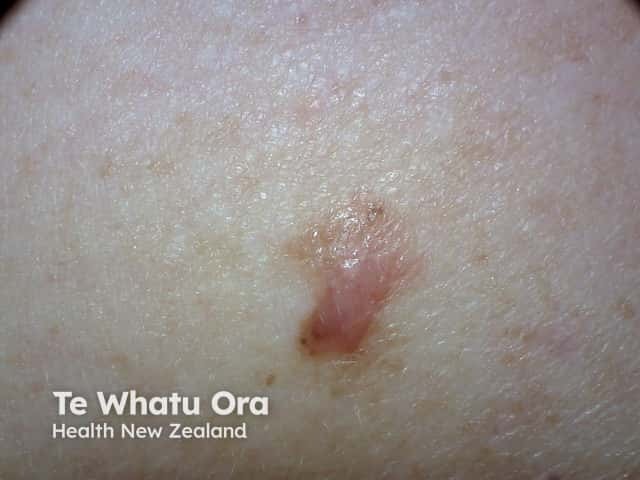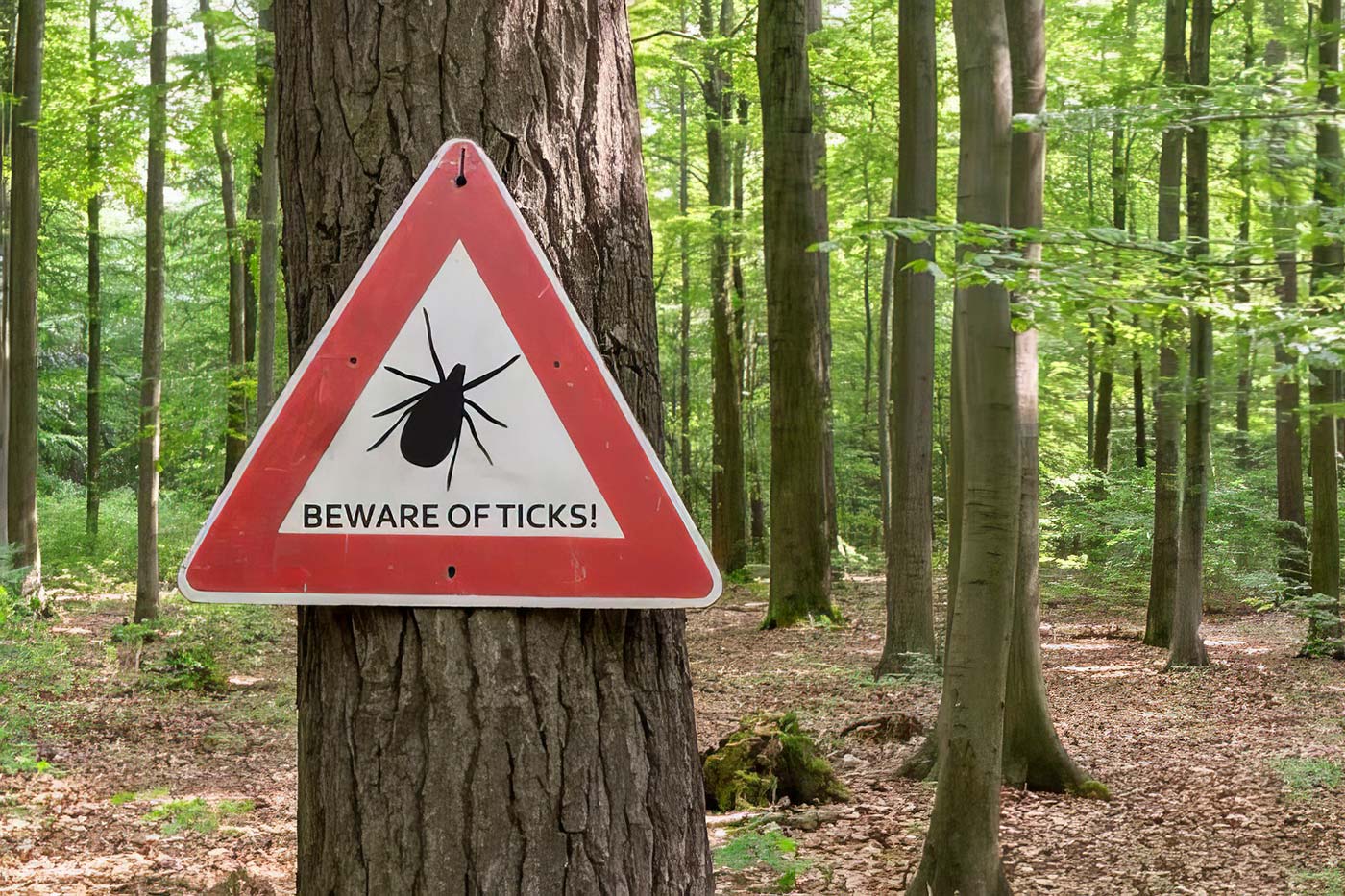Skin tags—those small, soft, fleshy growths on your neck, armpits, or groin—can be a cosmetic nuisance. Products like Dr. Scholl’s Freeze Away® Skin Tag Remover offer the promise of an easy, at-home fix using cryotherapy to freeze and remove these growths. Marketed as FDA-cleared and “clinically proven,” the product seems like a convenient alternative to a doctor’s visit. But before you grab that freeze-off kit, consider the serious risks involved. From permanent skin color changes to the life-threatening possibility of mistaking a skin tag for something like amelanotic melanoma, using these products without professional guidance can lead to devastating consequences.
What Are Skin Tags, and How Does Dr. Scholl’s Product Work?
Skin tags, or acrochordons, are benign, soft, movable growths, typically flesh-colored or slightly darker, often found in skin folds like the neck, underarms, or groin. Dr. Scholl’s Freeze Away® Skin Tag Remover uses a freezing agent (dimethyl ether and propane) to destroy the skin tag’s tissue, causing it to fall off within days to weeks. The process mimics professional cryotherapy, which typically uses liquid nitrogen as the freezing agent, but Dr. Scholl’s product is designed for home use with a simple applicator. The appeal is undeniable: quick, private, and no medical bills. However, the risks of at-home use far outweigh the convenience for many users.
The Risk of Permanent Skin Color Changes
Freezing skin tags can lead to permanent skin color changes, known as hypopigmentation (lightening) or hyperpigmentation (darkening). Cryotherapy damages melanocytes, the skin’s pigment-producing cells, especially in the treated area. For those with darker skin tones, the risk is higher due to more active melanocytes. Hypopigmentation can leave permanent white patches, while hyperpigmentation may cause dark spots lasting months or years. Studies on cryotherapy show that up to 20% of patients experience pigment changes, particularly if the product is misapplied or used on sensitive skin. For a high school student or adult concerned about appearance, a permanent patch on visible areas like the neck can be a significant cosmetic issue.
The Deadly Risk of Misdiagnosis

Even more alarming is the risk of mistaking a dangerous lesion for a skin tag. Amelanotic melanoma, a rare but aggressive skin cancer, can resemble a skin tag with its flesh-colored, pink, or red appearance. Unlike typical melanomas, which are pigmented, amelanotic melanomas blend in with benign growths, making them easy to misidentify. If untreated, they can spread rapidly, with advanced cases having a five-year survival rate below 30%. Dr. Scholl’s product is only FDA-cleared for skin tags—soft, movable, 3 mm or smaller growths in specific areas like the neck or underarms. But most people lack the training to distinguish a skin tag from a melanoma or other lesions like melanocytic nevi (moles). A 2019 study in the Journal of the American Academy of Dermatology found that even non-specialist doctors misdiagnose skin lesions up to 25% of the time. Freezing a cancerous lesion could delay diagnosis, alter its appearance, and complicate biopsy results, potentially allowing the cancer to progress unchecked.
Serious Risks and the Need for a Dermatologist’s Diagnosis
At-home cryotherapy carries additional risks that highlight why a board-certified dermatologist should always evaluate a lesion first. Misapplying the freezing agent to sensitive areas like the distal tip of a finger or genital region can cause frostbite-like damage, permanently killing healthy tissue. The skin in these areas is thin and delicate, and over-freezing can destroy nerves, blood vessels, or underlying structures, leading to loss of sensation, scarring, or impaired function. If the product is used near the eyelid—despite warnings against it—accidental contact with the eye could cause severe damage, including corneal injury or vision loss, due to the freezing agent’s extreme cold.
Customer reviews on platforms like Amazon and Walmart frequently report another issue: incomplete destruction of the lesion. In many cases, the skin tag doesn’t fully detach, leading to swelling, inflammation, and irritation. This can occur if the applicator misses part of the lesion or if the growth is larger or deeper than the product can handle. Inflamed lesions may become painful, red, or infected, requiring medical intervention. These complications underscore the danger of self-treatment without a professional diagnosis. A dermatologist can confirm whether a growth is a skin tag using a quick exam or biopsy, ensuring it’s not a mole, wart, or cancer. They can also perform precise cryotherapy, excision, or other treatments tailored to the lesion, minimizing risks like burns, blisters, or scarring. Dr. Scholl’s excludes use by diabetics, pregnant women, children, or those with poor circulation due to heightened complication risks, but the temptation to “DIY” can lead users to ignore these warnings.
The Bottom Line
Dr. Scholl’s Freeze Away® Skin Tag Remover may seem like a quick fix, but the risks—permanent skin color changes, frostbite-like tissue damage, eye injury, incomplete lesion removal, and the deadly possibility of mistaking a skin tag for an amelanotic melanoma—make it a risky gamble. The potential for irreversible harm far outweighs the convenience of at-home treatment.
Attempting to remove a lesion without a doctor’s evaluation is like playing roulette with your health. A board-certified dermatologist’s expertise ensures accurate diagnosis and safe treatment, preventing complications that could range from cosmetic flaws to life-threatening delays in cancer detection. If a growth changes in size, shape, color, or bleeds, skip the at-home kit entirely—these are red flags for malignancy that demand immediate professional attention.
Don’t let a desire for a quick solution jeopardize your health or appearance. Consult a board-certified dermatologist to accurately diagnose and safely treat your skin lesions. Your skin and your life deserve the direct expertise of a board-certified dermatologist—not the callous care of an “over-the-counter” callus company.




